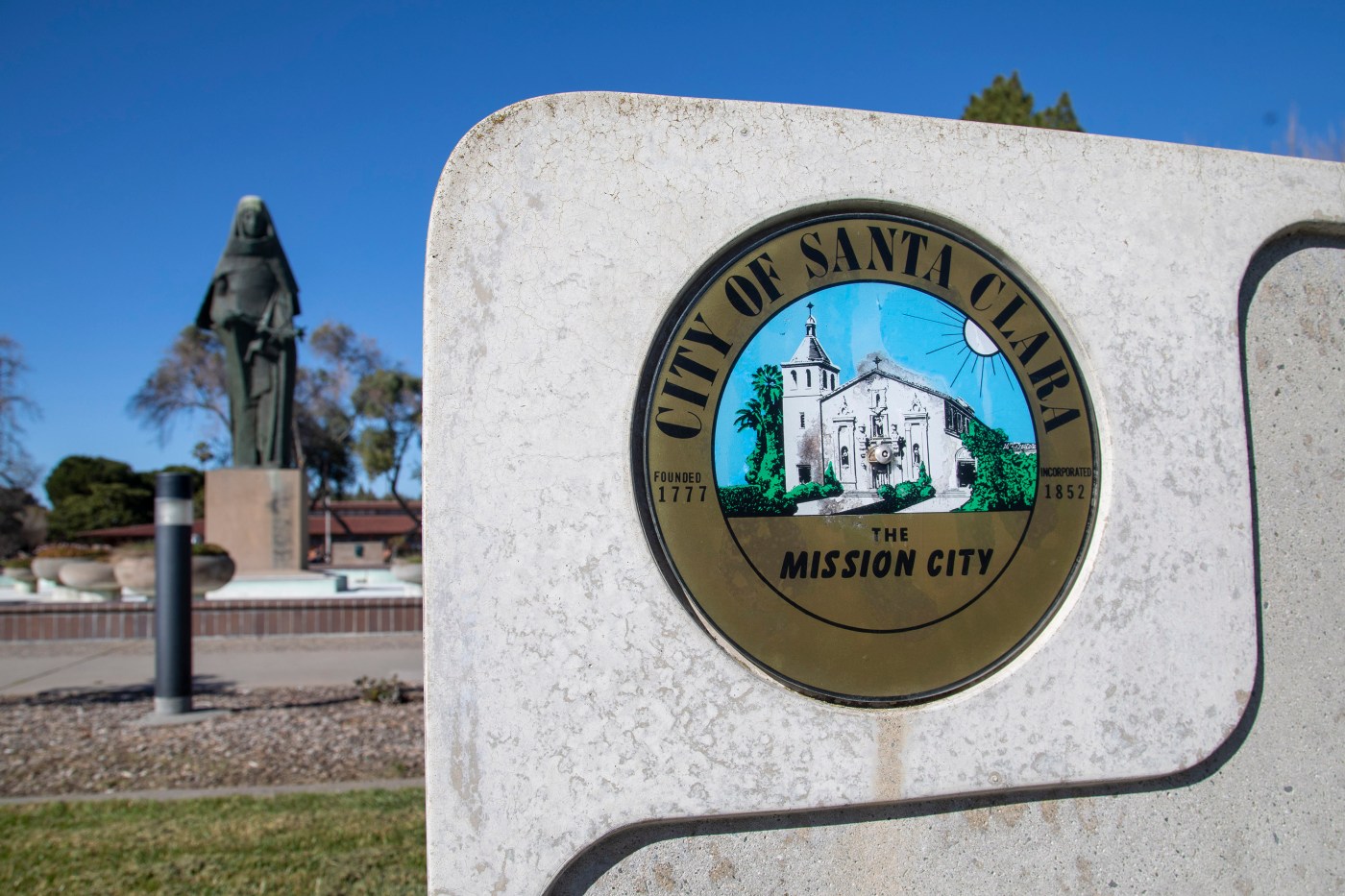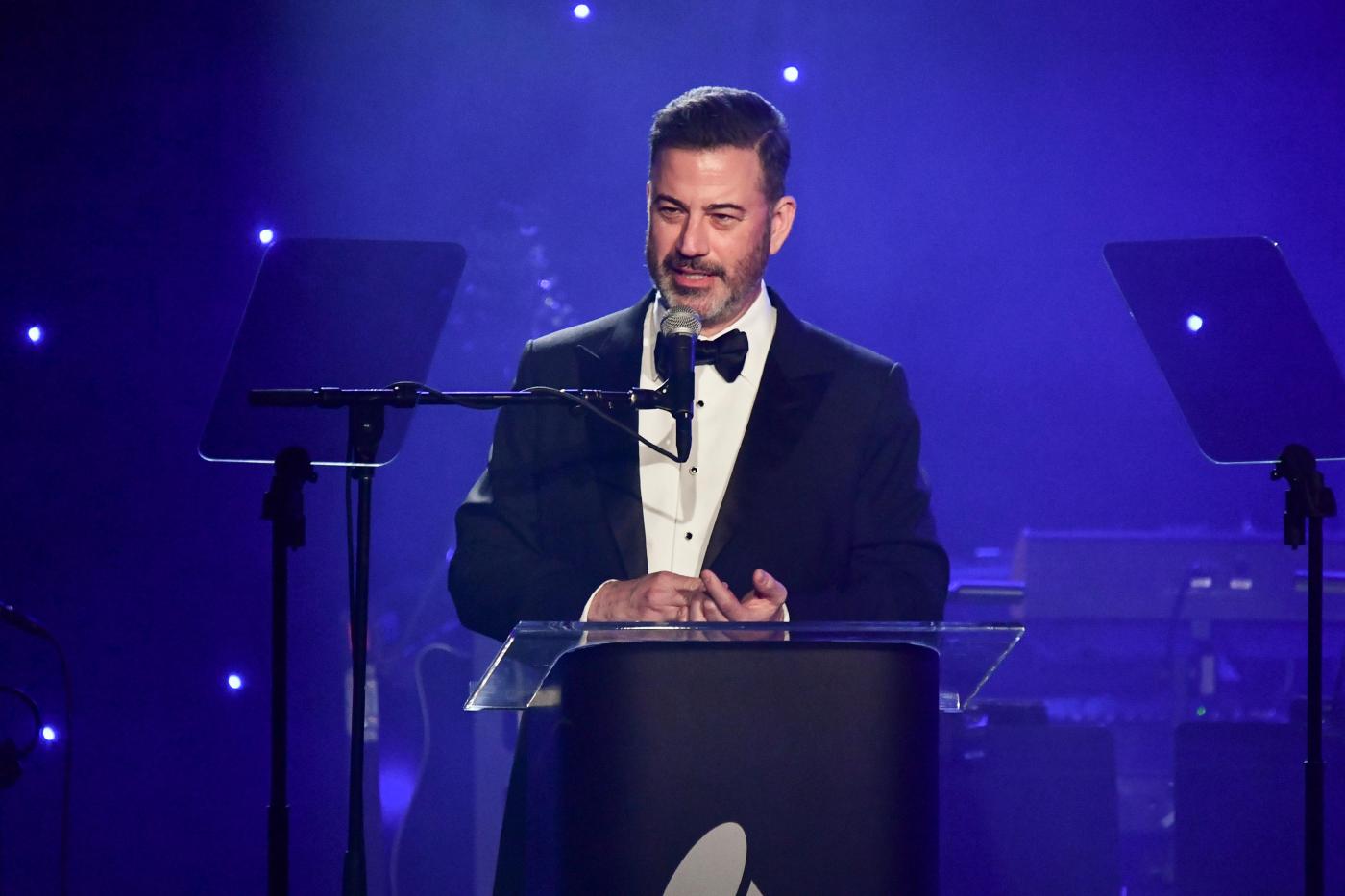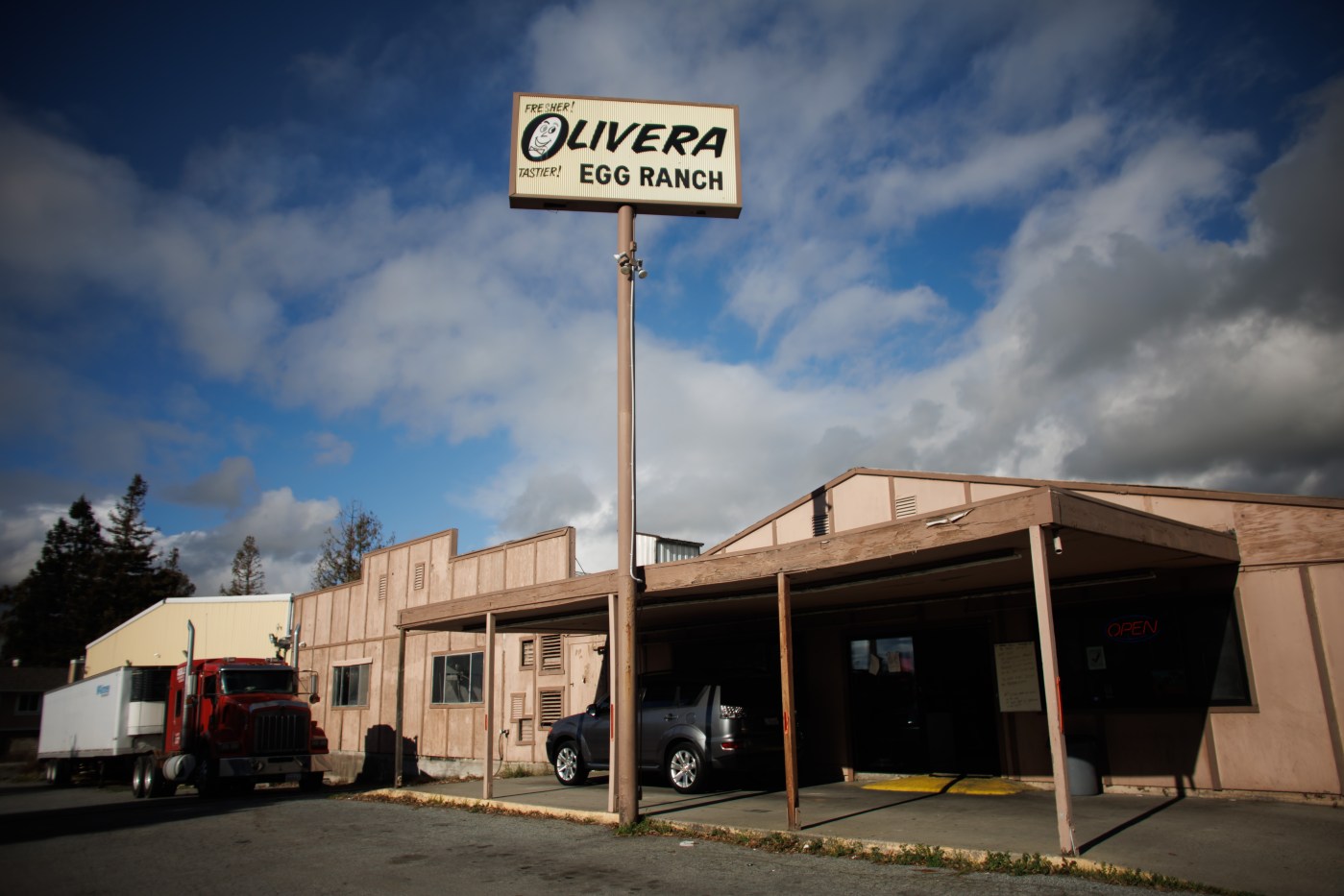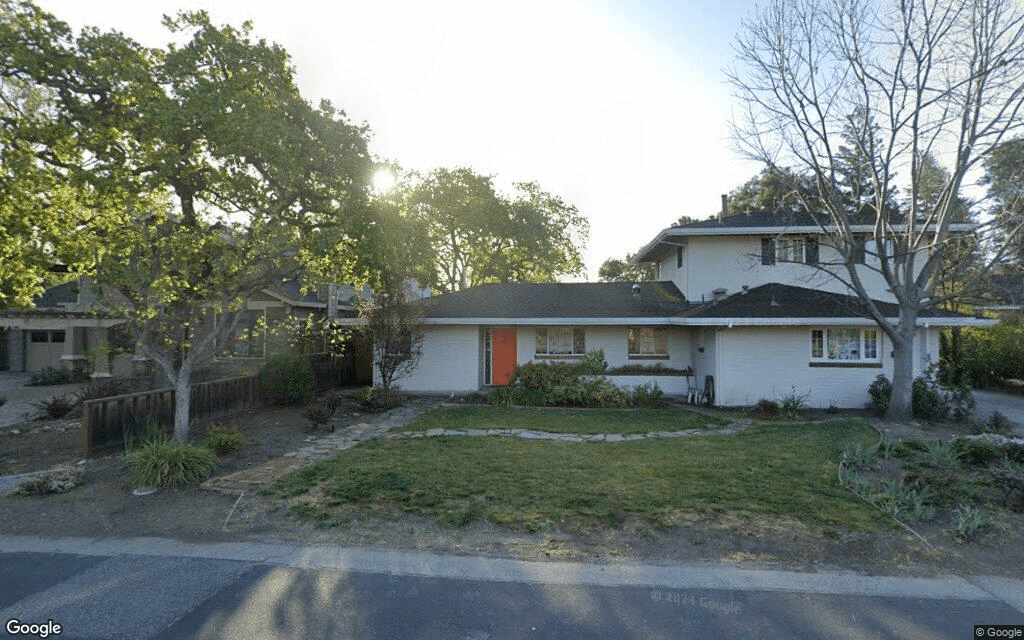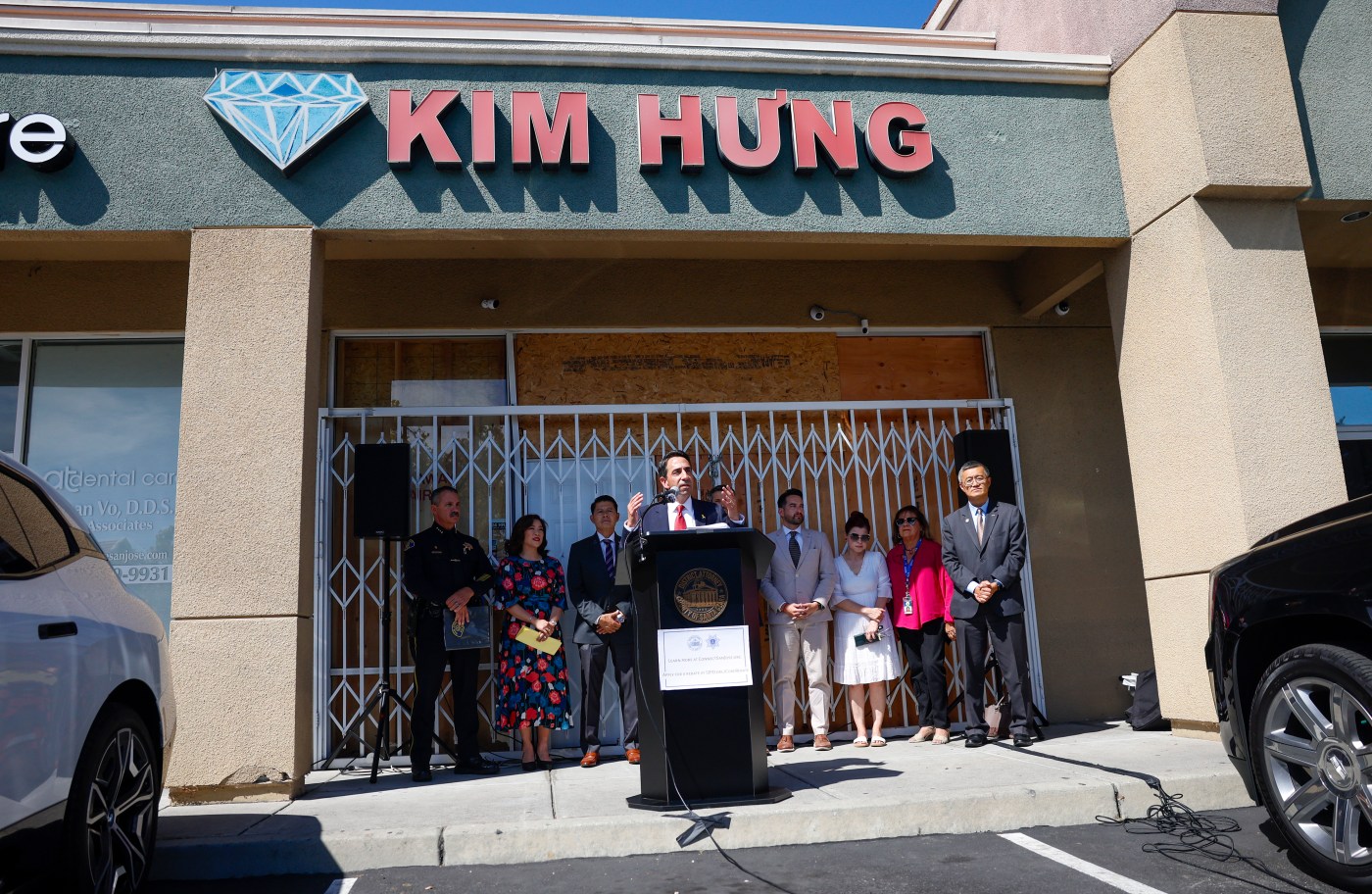Santa Clara is gearing up to spend its first tranche of Measure I funds — a $400 million bond passed by voters last November that will help repair some of the city’s long-overdue infrastructure needs, including its historic aquatic center.
City officials plan to spend the money in several phases, with the first phase utilizing about 25% of the funds. The Santa Clara City Council on Tuesday unanimously approved the project list for the first $100 million, with the largest share of the money going to parks, libraries and aquatics facilities.
City Manager Jovan Grogan called the bond “a once in a generation opportunity to invest in our infrastructure.”
Measure I marked the first time since 1959 that the city had a general facilities bond on the ballot, despite unsuccessful attempts at a similar initiative in 2018 and 2022. City officials estimated last year that Santa Clara had more than $600 million in unfunded infrastructure needs.
The $400 million bond will be funded by levying roughly $19 per $100,000 of assessed property value each year — from 2025 to 2060. Homeowners are expected to pay about $128 annually, while the 20 largest commercial property owners in the city will pay roughly $154,000 on average.
City officials said that the first bond sale of $100 million will occur in the first quarter of 2026. A second phase, which will be larger than the first, is expected to occur in 2028, and the remaining funds will be doled out after 2030.
Elizabeth Klotz, an assistant city manager who oversees Santa Clara’s parks and recreation department, said that projects on the list were categorized based on community impact and readiness.
“This really reflects the community’s priorities in updating and modernizing our public facilities,” she said.
The $100 million is being utilized in the following ways:
$27,370,000 for streets and transportation including street resurfacing, ADA sidewalk improvements, bicycle wayfinding and rehabilitation of sections of the San Tomas Aquino Creek Trail.
$12,285,450 for fire stations and emergency response including the replacement of two fire stations, security upgrades and the renovation of the fire training tower.
$805,000 for police facilities including feasibility studies for a Real Time Intelligence Center and a new police training facility, as well as new perimeter fencing and security gates at the Emergency Operations facility.
$38,438,750 for parks, libraries and aquatics facilities including the renovation of the George F. Haines International Swim Center, Central Park Library restroom remodeling and renovation of playgrounds at Warburton and Henry Schmidt parks.
$16,585,300 for storm drain systems improvements.
$1,150,000 for historic buildings and beautification, which will go to replacing the roof at the Triton Museum.
The project with the largest price tag in the first phase is the $24.2 million set aside for the International Swim Center.
The nearly 60-year-old facility, which bears the name of the late renowned U.S. Olympic swimming coach, was closed by the city in January 2024 over safety concerns. Its main three user-groups — Santa Clara Swim Club, Santa Clara Artistic Swimming and Santa Clara Diving — have spent the last 20 months pushing the city to fix the historic facility, which was once home to some of the greatest Olympic swimmers of the 20th century.
City officials said the first phase will include replacing the pool decks, plumbing, boilers and gutter system for all three pools. The dive tower, which was deemed structurally unsafe, will also be replaced. Some of the money also will go to designing a new administrative building and repairing the bleachers. Construction is expected to begin in February 2026.
With construction costs rising and the implementation of new tariffs from President Donald Trump, Councilmember Albert Gonzalez on Tuesday pressed city officials to work quickly.
“Time is not our friend,” he said. “It’s important for us to utilize the funding that we’re getting from the community, they’re entrusting us with that, that we can utilize it as best we can. If we can spend it sooner, we can get more from those dollars.”
Grogan said the city is keeping its eye on tariffs, noting that “it absolutely has a possibility to increase costs.”
“We will need to be flexible to address that,” he said. “Of course, when we can buy from the U.S. to avoid tariffs we will absolutely do that.”
